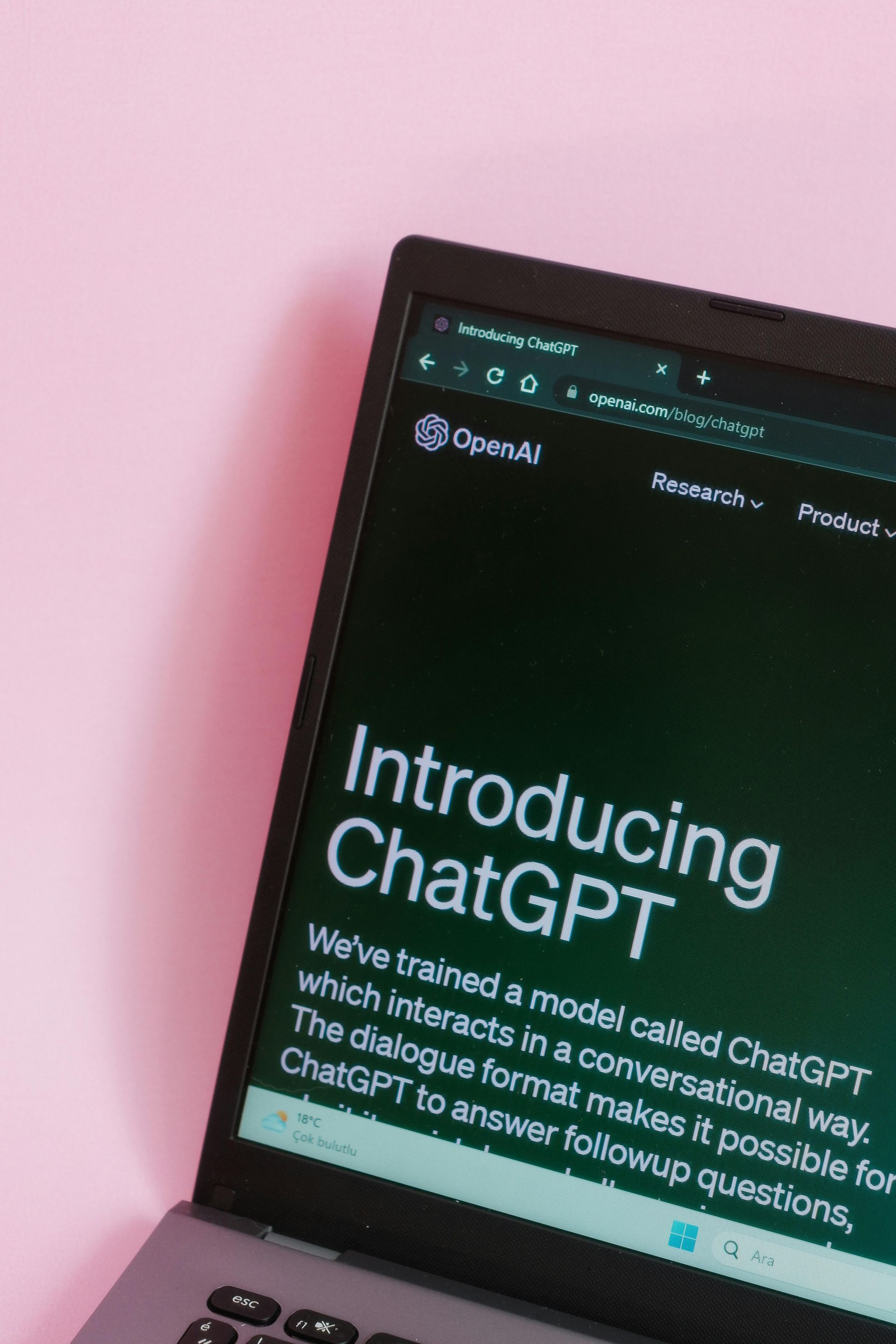Businesses entering the post-AI ChatGPT era
Answer Engine Optimization (AEO) versus SEO and AI-Driven Traffic

In the post-ChatGPT era, brands must confront a new reality: Answer Engine Optimization (AEO) – optimizing to be the direct answer for ChatGPT, Claude and other AI-driven assistants and agents.
Instead of traditional SEO (where the goal was to rank on a human-facing Google search page), businesses now need to ensure their brand information is easily consumable by AI “answer engines” like ChatGPT, Google Gemini, or Claude who recommend businesses and brands as part of answers to questions consumers and businesses ask. Industry leaders predict AI agents will become “primary visitors” to websites, automating tasks like price scraping or bookings. In fact, we imagine a near future where a significant share of “visitors” are autonomous AI agents acting on behalf of users. Early adopters such as DoorDash and OpenTable are already refining AI-friendly interfaces to prepare for this shift.
Designing to be an answer from ChatGPT, AI and agents means catering to machine visitors and users alongside humans. Sites must speak two languages: one for people and one for AI assistants. This involves providing structured, easily parseable content and even direct interfaces for AI agent bots. For example, OpenAI’s new Operator agent relies on visual parsing of web pages, but it performs best when sites are cleanly coded and offer structured cues (like semantic HTML or schema.org data).
Industry reseach notes that AI agents “favor direct API integrations over GUI navigation for reliability”, prompting some companies to expose public APIs for high-value actions (e.g. booking a reservation) instead of forcing the AI to click through a web form. In short, to thrive in the AI and agentic web, businesses need both a conversational AI interface for users and a machine-friendly gateway for AI agents, which many businesses are starting to use Quell for.




